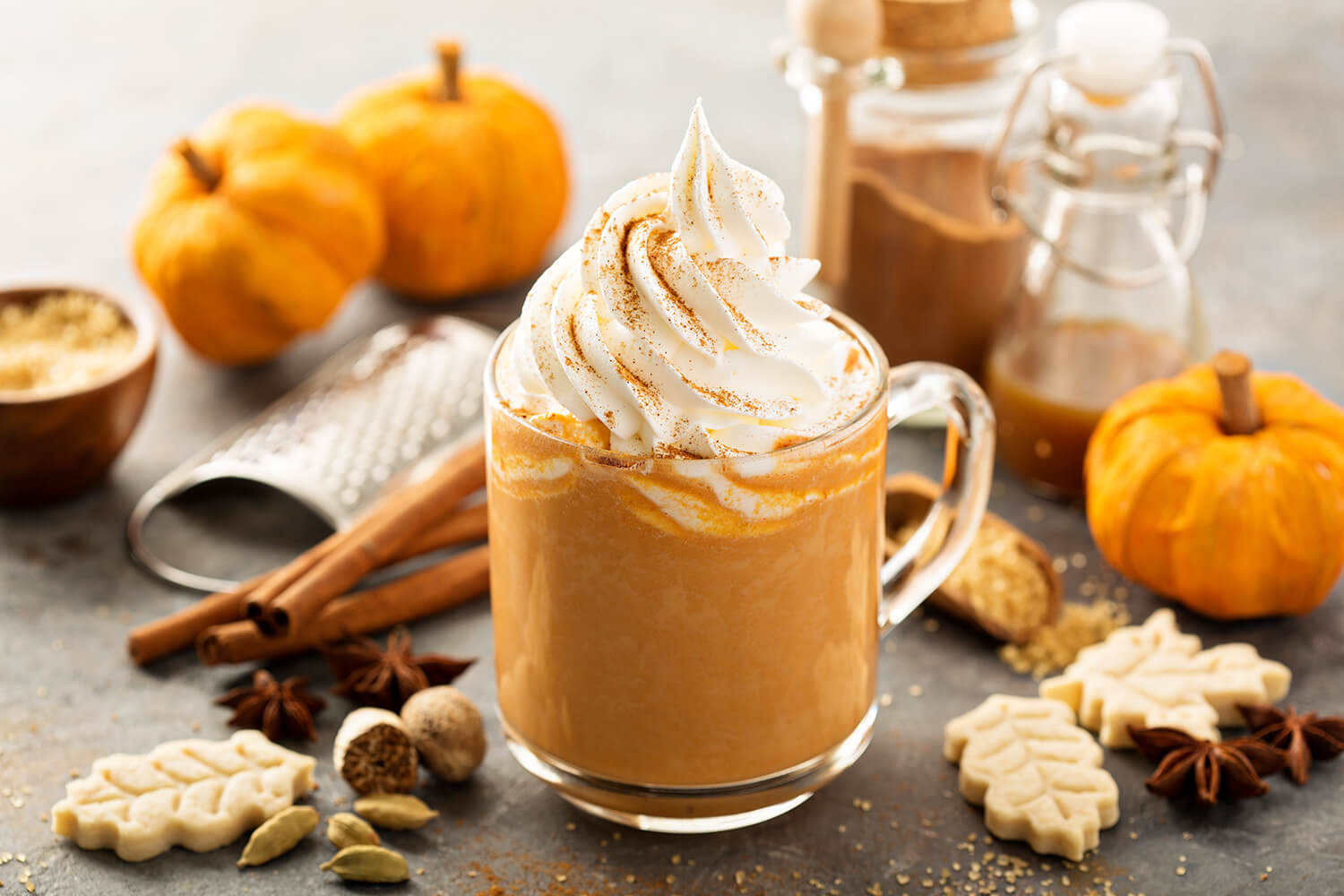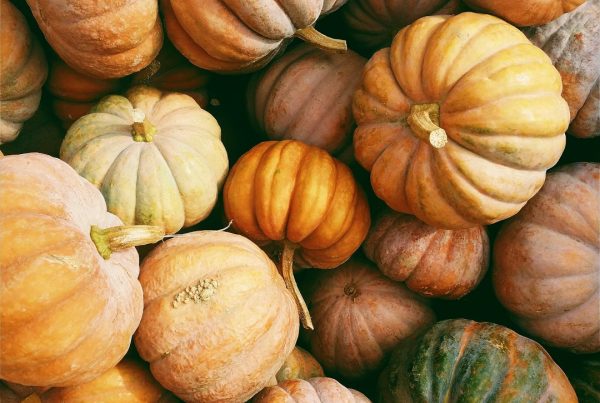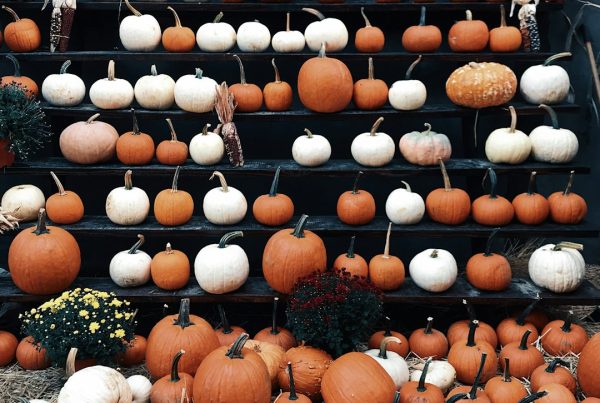Pumpkin spice has become a cultural phenomenon, especially in the autumn months, when it seems to be everywhere—from lattes to candles to baked goods. But how did this flavour combination become so popular?
The origins of pumpkin spice can be traced back to traditional pumpkin pie recipes, which often included a blend of cinnamon, nutmeg, ginger, and cloves. These warm, comforting spices have been associated with autumn and harvest time for generations. However, the modern pumpkin spice craze began in earnest with the introduction of the Pumpkin Spice Latte (PSL) by Starbucks in 2003.
The PSL quickly became a seasonal favourite, sparking a trend that has only grown over the years. The flavour profile, which evokes feelings of warmth and nostalgia, resonated with consumers, and soon, pumpkin spice was being added to everything from cereals to beer.
Part of the appeal of pumpkin spice is its association with the cosy, comforting aspects of autumn. As the days grow shorter and the weather cooler, people naturally gravitate towards flavours that provide a sense of warmth and comfort. Pumpkin spice taps into these feelings, making it more than just a flavour—it’s a symbol of the season.
The pumpkin spice trend shows no signs of slowing down, with new products and variations appearing every year. While some may dismiss it as a marketing gimmick, there’s no denying the cultural impact of pumpkin spice and its enduring popularity.





